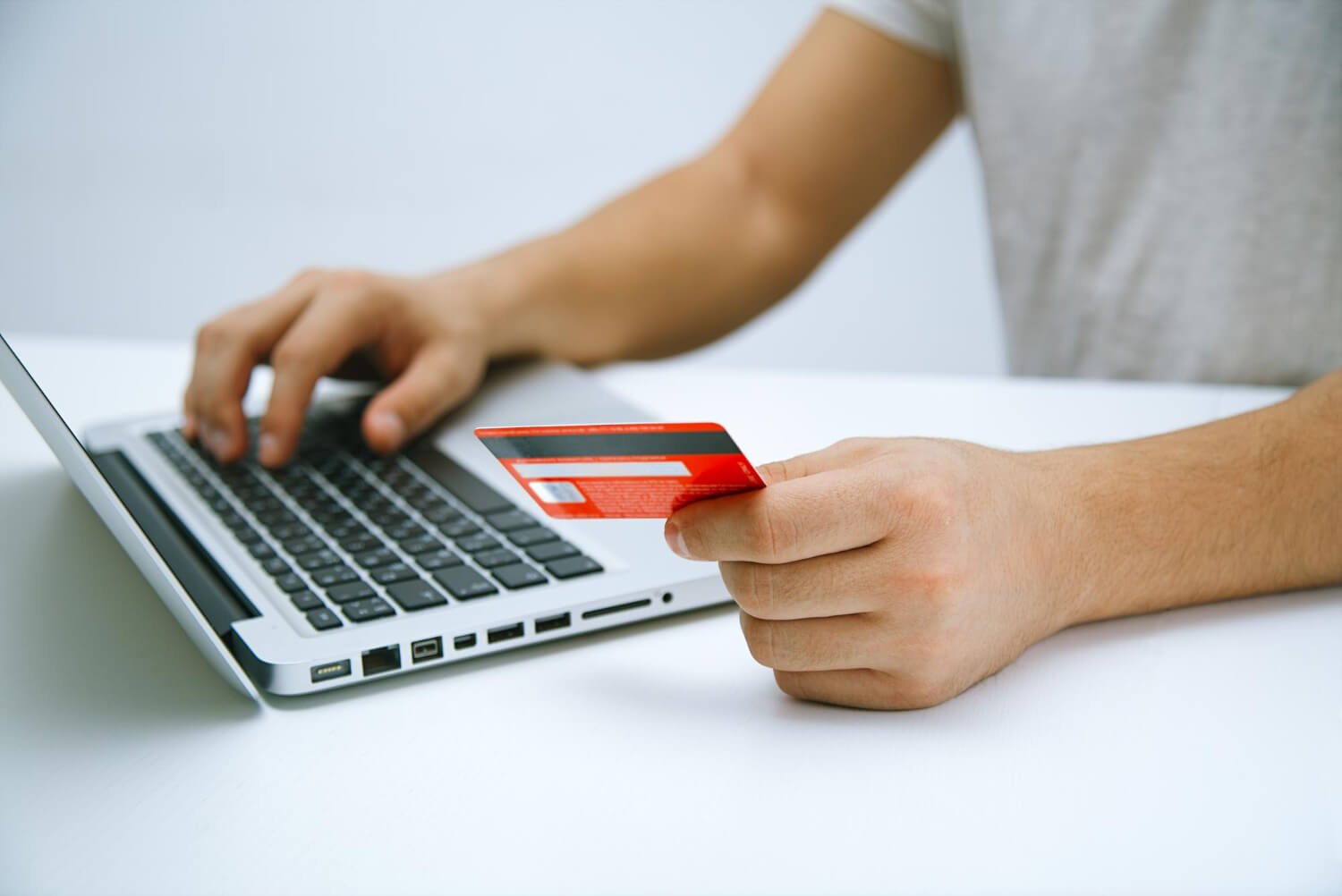We live in an era of online shopping, and Amazon Prime has become a household name. With its convenience and vast array of products, it’s no wonder why millions of people use this service every day. But what happens when a curious charge labeled “Amazon Prime Cons Transaction” appears on your bank statement? In this comprehensive article, we’ll uncover the truth behind these transactions and provide helpful tips to prevent and resolve them.
Also Read: How To Resign From Amazon Using The A To Z App?
What Is an Amazon Prime Cons Transaction?
An Amazon Prime Cons Transaction is a consolidated charge on your bank statement, often related to unauthorized purchases made via your Amazon Prime account. Monitor account activity and secure your account to prevent these transactions.

The Big Reveal: Understanding Amazon Prime Cons Transactions
Amazon Prime Cons Transactions are mysterious charges that sometimes appear on a user’s bank statement. In most cases, these transactions are related to unauthorized charges made through a customer’s Amazon Prime account. The term “Cons” typically refers to “Consolidated,” which means that multiple purchases have been grouped together into a single transaction.
A Peek into the Origins: Why Do Amazon Prime Cons Transactions Occur?
Several reasons could lead to an Amazon Prime Cons Transaction appearing on your bank statement:
- Fraudulent activity: Unauthorized charges could be the result of cybercriminals accessing your account and making purchases without your knowledge.
- Accidental purchases: If you share your account with family members or friends, they may inadvertently make purchases that show up as Amazon Prime Cons Transactions.
- Subscription services: Some Amazon Prime subscriptions, such as Prime Video Channels, may show up as Amazon Prime Cons Transactions.
- Technical glitches: Occasionally, errors in Amazon’s system may result in an Amazon Prime Cons Transaction.
Also Read: What Time Does Amazon Start Delivering?
Preventative Measures: Staying One Step Ahead
Safeguarding Your Account: Tips to Keep Hackers at Bay
To prevent unauthorized Amazon Prime Cons Transactions, it’s crucial to ensure your account remains secure. Here are some tips to keep hackers at bay:
- Choose a strong password: Use a combination of upper and lowercase letters, numbers, and symbols for your Amazon Prime password.
- Enable two-factor authentication: This adds an extra layer of security by requiring a unique code sent to your phone each time you log in.
- Be cautious with public Wi-Fi: Avoid accessing your Amazon account on public Wi-Fi networks, as hackers can intercept your information.
- Watch out for phishing scams: Be vigilant with emails claiming to be from Amazon and never click on suspicious links.
Monitoring Your Account: Stay in the Know
Regularly reviewing your Amazon account and bank statements will help you catch any Amazon Prime Cons Transactions before they spiral out of control. Make it a habit to check your account activity and ensure all transactions are legitimate.
Caught in the Web: Resolving Amazon Prime Cons Transactions
Identifying the Culprit: What to Do If You Spot an Amazon Prime Cons Transaction
If you find an Amazon Prime Cons Transaction on your bank statement, follow these steps:
- Verify the charge: Check your Amazon order history and determine if the transaction is valid.
- Change your password: If you suspect unauthorized activity, change your Amazon password immediately.
- Contact Amazon: Reach out to Amazon’s customer support team to report the issue and request a refund.
- Notify your bank: If necessary, contact your bank to dispute the charge and protect your account.
Damage Control: Recovering from Amazon Prime Cons Transactions
In the unfortunate event that you become a victim of an Amazon Prime Cons Transaction, take these steps to mitigate the damage:
- Secure your account: Follow the tips mentioned earlier to ensure your account remains secure moving forward.
- Monitor your account: Keep a close eye on your account to catch any future unauthorized transactions.
- Educate others: Share your experience and knowledge about Amazon Prime Cons Transactions to help others avoid falling into the same trap.
Also Read: How Late Does Amazon Deliver? Exact Timing!
Common Queries: Tackling Your Burning Questions
1: Can I get a refund for an Amazon Prime Cons Transaction?
Yes, you can. If you spot an unauthorized Amazon Prime Cons Transaction, contact Amazon’s customer support immediately. They will help you initiate a refund process for the unauthorized charges.
2: How can I prevent Amazon Prime Cons Transactions in the future?
Keeping your account secure is the best way to prevent Amazon Prime Cons Transactions. This involves using strong passwords, enabling two-factor authentication, and regularly monitoring your account.
3: How do I contact Amazon about an Amazon Prime Cons Transaction?
You can contact Amazon’s customer support team via their official website. Navigate to the “Help” section, click on “Contact Us,” and follow the prompts to report the issue.
4: I don’t remember making this purchase. Is it an Amazon Prime Cons Transaction?
Not necessarily. If you don’t recognize a charge, it’s best to check your Amazon order history first. If the charge doesn’t correspond to any of your orders, it might be an Amazon Prime Cons Transaction.
5: What does ‘Cons’ in Amazon Prime Cons Transaction stand for?
The term “Cons” in Amazon Prime Cons Transaction typically stands for “Consolidated,” indicating that multiple purchases have been grouped into a single transaction.
6: Can I dispute an Amazon Prime Cons Transaction with my bank?
Yes, you can. If you spot an unauthorized Amazon Prime Cons Transaction and Amazon is unable to resolve the issue, you can contact your bank to dispute the charge.
The Finale: A Word to the Wise
In the world of online shopping, security is paramount. Amazon Prime Cons Transactions can be a baffling and concerning occurrence. However, armed with the right knowledge and proactive measures, you can protect yourself against these mysterious charges.
Remember, prevention is always better than cure. Regularly review your Amazon account, keep an eye on your bank statements, and stay vigilant to keep your hard-earned money safe. After all, it’s your money, and you should have the final say on where it goes.


